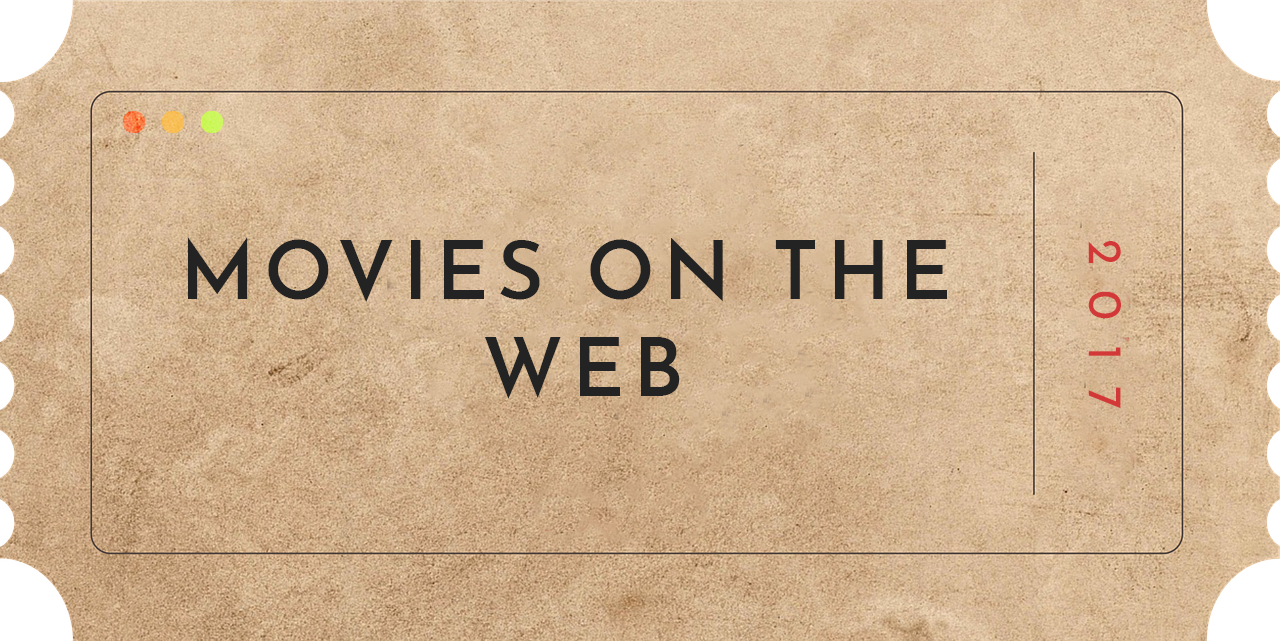News
Encrypted Media Extensions (EME) is a W3C Recommendation
18 September 2017 | Archive
 The HTML Media Extensions Working Group published Encrypted Media Extensions (EME) as a W3C Recommendation today. Encrypted Media Extensions (EME), which extends the ‘HTMLMediaElement’ element of the HTML specification, is an Application Programming Interface (API) that allows playback of protected content in Web browsers. Combined with W3C’s Recommendation Media Source Extensions (MSE) which provides the API for streaming video, EME is the most common practice today that allows Web developers to stop using plugins to deliver commercial quality video over the Web. Please read more in our Press Release.
The HTML Media Extensions Working Group published Encrypted Media Extensions (EME) as a W3C Recommendation today. Encrypted Media Extensions (EME), which extends the ‘HTMLMediaElement’ element of the HTML specification, is an Application Programming Interface (API) that allows playback of protected content in Web browsers. Combined with W3C’s Recommendation Media Source Extensions (MSE) which provides the API for streaming video, EME is the most common practice today that allows Web developers to stop using plugins to deliver commercial quality video over the Web. Please read more in our Press Release.
Web Commerce Interest Group Rechartered with New Mission
15 September 2017 | Archive
W3C has just rechartered the Web Commerce Interest Group to improve Commerce on the Web for users, merchants, and other stakeholders. This charter represents the next iteration of the Web Payments Interest Group. Changes to the charter reflect the broader scope of Interest Group discussions that have been taking place over the past year, including topics such as:
- digital offers (coupons, loyalty, etc.)
- payments from a variety of devices, including mobile devices, automobiles (in-car payments), televisions, virtual reality, and Internet of Things devices
- various aspects of payment flow, including initiation of payment, recurring payments, receipts, and refunds
- emerging regulations
- fraud reduction
- harmonization with other standards
Learn more about Web Commerce at W3C.
First Public Working Drafts: WoT Architecture; WoT Thing Description; WoT Scripting API
15 September 2017 | Archive
The Web of Things (WoT) Working Group has published the following three First Public Working Drafts:
Web of Things (WoT) Architecture: This document describes the abstract architecture for the W3C Web of Things, which consists of three initial building blocks, i.e., (1) WoT Thing Description, (2) WoT Scripting API and (3) WoT Binding Templates.
Web of Things (WoT) Thing Description: This document describes a formal model and common representation for a Web of Things Thing Description. A Thing Description describes the metadata and interfaces of Things, where a Thing is an abstraction of a physical entity that provides interactions to and participates in the Web of Things.
Web of Things (WoT) Scripting API: This document describes a programming interface representing the WoT Interface that allows scripts run on a Thing to discover and consume (retrieve) other Things and to expose Things characterized by Properties, Actions and Events.
The group is planning to publish the third building block, WoT Binding Templates, as a First Public Working Draft shortly.
W3C Invites Implementations of Payment Request API; Payment Method Identifiers
14 September 2017 | Archive
The World Wide Web Consortium (W3C) today called for broad implementation and testing of Web technologies to make online checkout easier for users and improve conversions and security for merchants. All major browser makers are now implementing Payment Request API and Payment Method Identifiers, which today advanced to Candidate Recommendation Status. The Web Payments Working Group encourages merchants, Web developers, and users to experiment with these early implementations and provide feedback to the group. In parallel, the Working Group will be expanding its test suite for the API to help ensure browser interoperability. Read more in the W3C Media Advisory and blog post.
First Public Working Draft: Intersection Observer
14 September 2017 | Archive
The Web Platform Working Group has published a First Public Working Draft of Intersection Observer. This specification describes an API that can be used to understand the visibility and position of DOM elements (“targets”) relative to a containing element or to the top-level viewport (“root”). The position is delivered asynchronously and is useful for understanding the visibility of elements and implementing pre-loading and deferred loading of DOM content.
Accessibility Conformance Testing (ACT) Rules Format 1.0 Working Draft Updated
13 September 2017 | Archive
An updated Working Draft of Accessibility Conformance Testing (ACT) Rules Format 1.0 was published today by the Accessibility Guidelines Working Group (AG WG). This draft addresses all comments received on the previous draft, and is accompanied by fully- and semi-automated sample ACT Rules that implement this rules format. Learn more from the ACT Rules Format call for review email and read about the the Web Accessibility Initiative (WAI).
